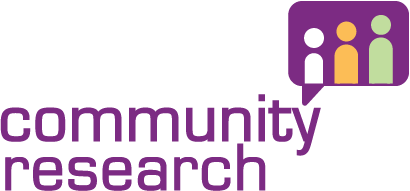Understanding vulnerability in legal services
There has been a heavy focus on what vulnerability looks like and how it affects people in markets such as energy, financial services and water. However, far less was known about what makes people vulnerable when they have a legal issue and need a lawyer.
The Legal Services Board commissioned Community Research to conduct some qualitative research with people who had recently used legal services to understand how it was for them - what made them feel vulnerable? What put them at a disadvantage? What helped?
Our initial evidence review led us to the hypothesis that anyone with a legal need is inherently vulnerable: legal issues bring stress, uncertainty and cost, and the legal services market is complex. However, we also anticipated that, for some people, there are extra factors that increase their risk of harm or disadvantage when they use legal services. We therefore included people on low incomes, people with poor mental health and people who had experienced domestic abuse in the research.
The 30 interviews we conducted were moving and illuminating. We found that everyone had felt vulnerable during this process, even those who might appear confident, articulate and in control. We heard about the enormous stress and lack of agency that some people felt as they went through the legal process, and how those with low incomes and past trauma could be even more adversely affected. Critically, we also found that the action (or inactions) of legal professionals had a material impact on people’s vulnerability.
In July we presented these findings at the Law Society, along with a storyboard- style infographic we developed with Vanessa Randle to bring to life the impact of legal professionals on vulnerability. The research prompted much discussion amongst stakeholders, providing the Legal Services Board with valuable points to consider in its ongoing work, particularly around ongoing competence, education and training; and its work on equality, diversity and inclusion.
The full report, case studies, infographic and rapid evidence review can all be found here.

